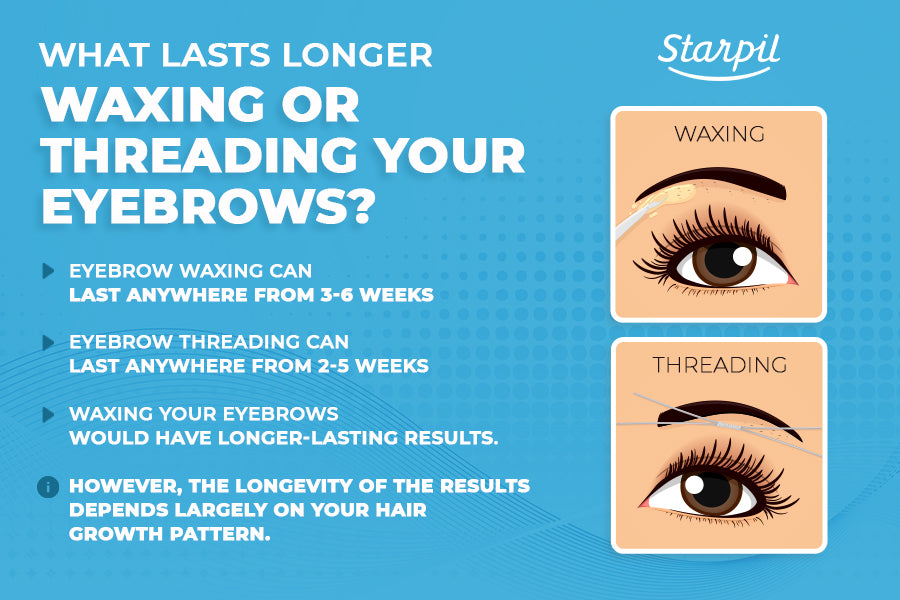If you’ve ever wondered about the variances between brow waxing and threading, look no further. Centre of Wellness provides the answers you need. Whether you’re a beginner or a seasoned beauty enthusiast, understanding the nuances between these two popular eyebrow grooming techniques is essential. Get ready to discover the pros and cons of each method and make an informed decision about your brow maintenance routine. Visit our website at https://beautytrainingcoursesonline.com/courses-overview/ to learn more about our Beauty Training Courses and elevate your beauty skills today!
Brow Waxing
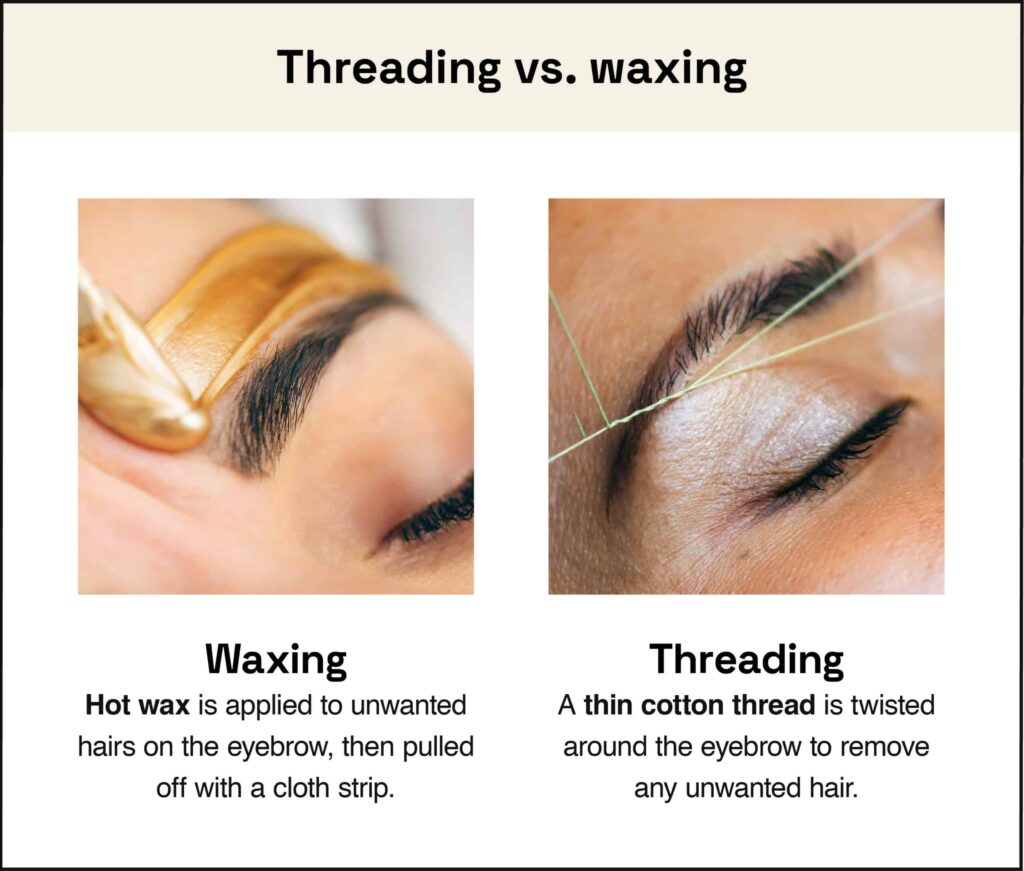
This image is property of wordpress.styleseat.com.
Definition of Brow Waxing
brow waxing is a popular hair removal technique that is specifically designed to shape and define the eyebrows. It involves the application of a warm or hot wax to the eyebrow area, which is then quickly removed, taking the unwanted hair along with it. The wax adheres to the hair as well as the skin, making it an effective method for removing even the finest and shortest hairs.
How Brow Waxing Works
During a brow waxing session, a trained esthetician or beautician will start by cleaning the brow area to ensure that it is free from any oils or makeup. They will then apply the warm or hot wax to the desired shape of the eyebrows, using a wooden applicator or spatula. Once the wax has cooled and hardened slightly, they will swiftly remove it, pulling the hair from the root.
Benefits of Brow Waxing
Brow waxing offers several benefits for those looking to shape and enhance their eyebrows. Firstly, it provides precise and long-lasting results, as it effectively removes both the visible and invisible hair. This helps in achieving a clean and defined brow shape that can last for several weeks. Additionally, brow waxing is a quick and efficient method, making it a time-saving option for individuals with busy schedules.
Furthermore, brow waxing can also help to exfoliate the skin and promote a smoother and softer appearance. The wax used in the process often contains nourishing ingredients, such as vitamins and essential oils, which can provide additional benefits to the skin.
Drawbacks of Brow Waxing
While brow waxing is generally safe and effective, there are a few potential drawbacks to consider. Firstly, some individuals may experience mild discomfort or pain during the waxing process, especially if it is their first time or if they have sensitive skin. However, the pain is usually short-lived and diminishes quickly.
Another drawback is the possibility of skin irritation or redness after the waxing session. This is a common side effect and typically subsides within a few hours. It is important to avoid exposing the waxed area to direct sunlight or using harsh skincare products immediately after waxing to minimize the risk of irritation.
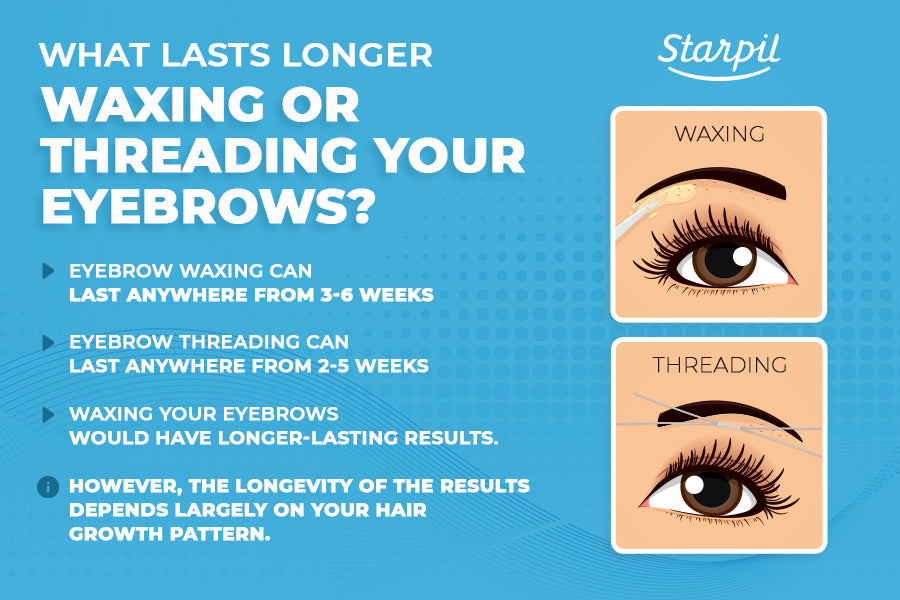
This image is property of cdn.shopify.com.
Suitable Candidates for Brow Waxing
Brow waxing is suitable for most individuals who want to shape and groom their eyebrows. It can be beneficial for those with unruly or overgrown eyebrows, as well as those who prefer a more defined and polished look. However, it is essential to avoid brow waxing if you have any open cuts, wounds, or skin conditions in the brow area, as this can cause further irritation or infection.
Preparation for Brow Waxing
To prepare for a brow waxing session, it is advisable to ensure that the eyebrow area is clean and free from any cosmetic products or oils. avoid tweezing or trimming your eyebrows for at least two weeks prior to the appointment to allow enough hair growth for effective waxing.
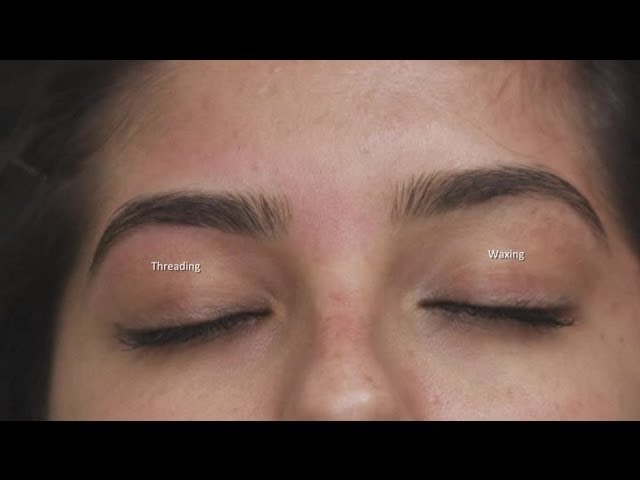
This image is property of i.ytimg.com.
Procedure for Brow Waxing
When you arrive for your brow waxing session, the esthetician will guide you through the process and discuss your desired brow shape. They will clean the brow area and apply a thin layer of talcum powder or pre-waxing oil to protect the skin. Next, they will apply the warm or hot wax in the desired shape using a wooden applicator. Once the wax has cooled and hardened slightly, they will swiftly remove it, pulling the hair from the root. Finally, they may apply a soothing lotion or gel to minimize any post-waxing redness or irritation.
Aftercare for Brow Waxing
After your brow waxing session, it is important to follow some aftercare steps to ensure optimal results and minimize any potential discomfort or irritation. Avoid touching or rubbing the waxed area, as this can introduce bacteria or irritate the skin. It is also advisable to avoid direct sunlight, swimming, saunas, or other activities that may cause excessive sweating for the first 24 hours post-waxing. Additionally, apply a soothing moisturizer or aloe vera gel to the waxed area to keep the skin hydrated and calm.
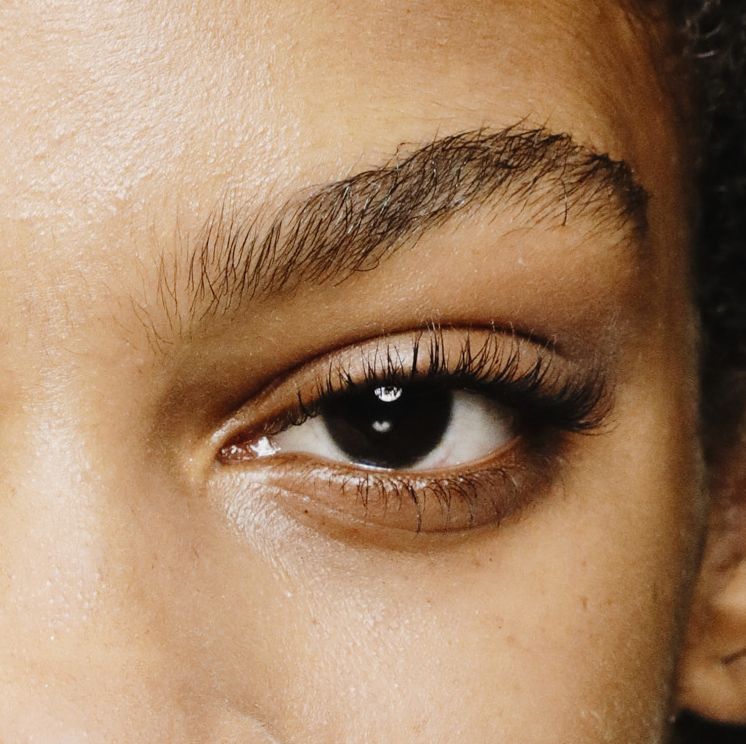
This image is property of hips.hearstapps.com.
Maintenance of Brow Waxing
To maintain the shape and cleanliness of your eyebrows between waxing sessions, it is recommended to avoid tweezing or trimming the area excessively. This can interfere with the overall shape and lead to sparse or uneven brows. However, if you notice any stray hairs growing beyond the desired shape, you can carefully remove them using tweezers. It is generally advised to schedule regular brow waxing sessions every four to six weeks to keep your eyebrows looking groomed and polished.
Professional Brow Waxing vs. DIY
While it is possible to wax your eyebrows at home using DIY waxing kits, there are distinct advantages to opting for professional brow waxing.
Professional estheticians have the experience and expertise to create the perfect brow shape that suits your facial features and preferences. They can assess your natural brow shape and recommend the most flattering arch and thickness for your eyebrows. They also have access to high-quality wax and products that are specifically formulated for sensitive areas like the eyebrows.
Additionally, professional brow waxing ensures a hygienic and safe environment. Estheticians follow strict sanitation protocols, using clean and sterilized tools to minimize the risk of infection or skin reactions. They also have the skills to remove hair effectively and efficiently, reducing the chances of breakage or ingrown hairs.
In contrast, DIY brow waxing can be tricky and may lead to less precise results. Without proper training and knowledge of techniques, there is a higher risk of accidentally removing too much hair or creating an unflattering brow shape. DIY waxing kits may also contain harsh or low-quality ingredients that can cause skin irritation or allergic reactions.
In conclusion, brow waxing is an effective and popular method for shaping and defining the eyebrows. It offers precise and long-lasting results, with the added benefits of exfoliation and skin nourishment. However, it is essential to consider the potential drawbacks and ensure that you are a suitable candidate for the procedure. By following proper preparation, procedure, and aftercare, you can achieve beautifully groomed eyebrows. Opting for professional brow waxing is recommended for optimal results and a safer experience.

